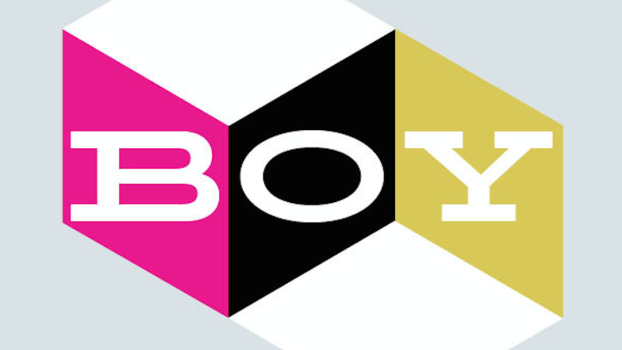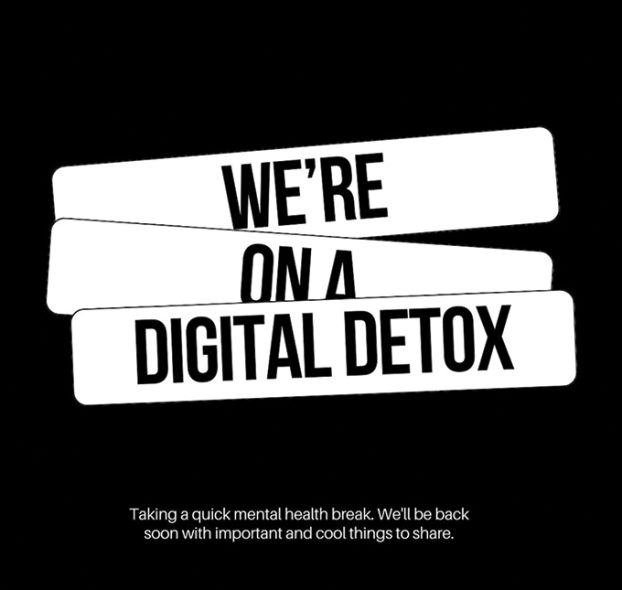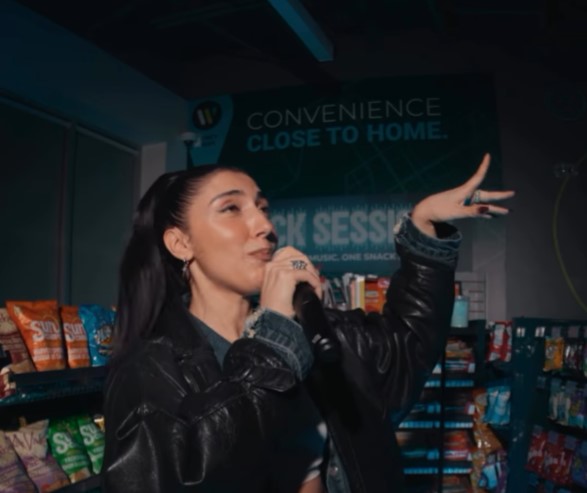
By Will Novosedlik
Ray Deleary is the embodiment of what Indigenous knowledge keepers call “two-eyed seeing.”
First articulated by Mi’kmaw elder Albert Marshall, the concept refers to “learning to see from one eye with the strengths of the Indigenous ways of knowing, and from the other eye with the strengths of the Western ways of knowing, and to use both of these eyes together.”
Deleary blends Anishinaabe knowledge and lived experience with formal education in marketing and business administration, 20-plus years of experience in small to medium sized business development, First Nations community development, political leadership and Indigenous rights advocacy.
“I enjoy activating lived and learned Indigenous life practices into successful business practices, achieving the perfect fusion of traditional Anishinaabe and modern world skills sets,” he tells strategy.
Given these qualifications, it makes perfect sense that Telus would reach out to Deleary’s firm, Boom InterTribal, to help it develop and implement a Truth and Reconciliation program.
For those who have not read the 2015 Truth and Reconciliation Commission report, it sets out 94 calls to action to be followed if Canada is to address the cultural genocide enacted in residential schools.
There’s one in particular, number 92, which is guiding Telus on its journey. It is focused on creating equitable access to jobs, training and education opportunities for Indigenous people in the corporate sector; delivering sustainable benefits from economic development projects; and education for management and staff on Aboriginal history, Treaties and Aboriginal rights, Indigenous law and Aboriginal-Crown relations.
Marissa Nobauer is director of reconciliation, external relations and strategic infrastructure assets at Telus, and she says the conversation concerning what to do about Truth and Reconciliation first started in 2020. “We spent 2020 and 2021 really sitting down and understanding the opportunities that we have as an organization to advance reconciliation,” says Nobauer. After the initial research, Telus settled on four areas: connectivity, enabling social outcomes, economic reconciliation and cultural responsiveness.
The brand then went out to Indigenous leaders, subject matter experts, and internal Indigenous team members to ask if it aligned with their expectations. That was followed by a deeper, iterative dive into what actions each of these areas required, which then became the basis for the Indigenous Reconciliation Action Plan (IRAP). Telus was the first technology company in Canada to launch a public IRAP.
One of the things that came up in all of these discussions was the importance of creating space for Indigenous perspectives in Telus’ corporate offices in Vancouver and Toronto. “In order to move forward with Indigenous placemaking at our building in Toronto, we needed to hire a firm of experts that understood the community, had relationships in the community to help us design and implement an engagement plan to develop Indigenous placemaking for this space,” Nobauer explains.
Enter Boom Intertribal. Telus engaged Boom in late 2022 to support it in facilitating a series of focus groups for Telus’ internal Indigenous team members and the external Indigenous community leaders, government officials, artists, youth, and knowledge keepers. The purpose was to identify key themes, stories, design elements, and traditional structures that Telus should consider in the redesign of the Telus Harbour building in downtown Toronto. “One of our roles in this is to work on the communications and the materials, create awareness but also be a bridge between indigenous creatives and artists and Telus themselves,” says Deleary.
The feedback Telus and Boom got in Toronto was very specific to the area, as it should be. “It takes time and energy to engage and to understand, but it’s the right thing to do because what you get is an outcome very specific to that location rather than a cookie cutter solution that is repeated across the country,” says Nobauer. “You’re really focusing on the rights and the understanding of the culture of that area. Boom has been really essential in helping us pull those themes out and has supported us with a public call to engage and hire artists whose work is going to be incorporated into this space.”
Is there a role for marketing in this exercise? “If you think about it in terms of marketing, it’s things like having Indigenous perspectives at the table for the creation of your video content, and making sure that Indigenous perspectives are not just at the table when you’re creating video content around Indigenous peoples, but for any audience,” shares Nobauer. “For instance, we created a series of videos with Indigenous partners out on the West coast about community members who have benefited from connectivity, and with organizations who we partnered with on a program to provide free phones to indigenous women who are at risk of violence. There are always opportunities to embed reconciliation into marketing communications.”
There are also many opportunities to consider when working with Indigenous practitioners, and not just for Indigenous-focused projects. “It means that your business should always try to include Indigenous firms because those firms support the Indigenous economy,” says Deleary. “So we don’t want to just be the people you call for Indigenous communications. We want to be part of the same consideration set as the rest of the industry.”























